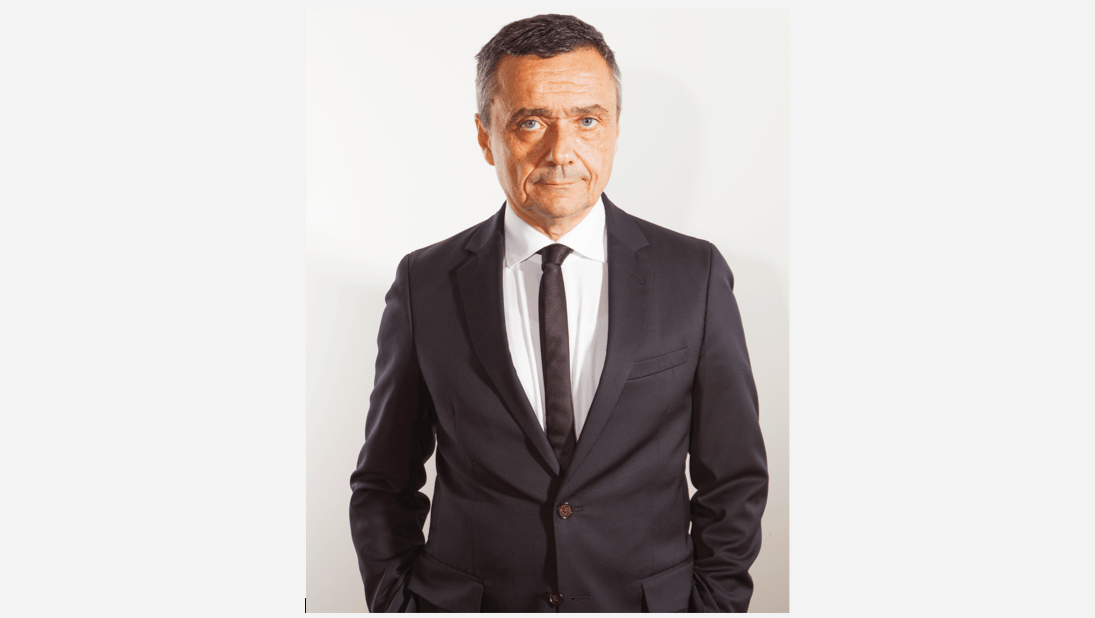
Things are progressing.
A conversation with Tobia Bezzola about the challenges facing museums during and after the pandemic.
30. September 2020Dr. Tobia Bezzola has been the director of the Museo d’arte della Svizzera italiana (MASI) in Lugano since 2018 and he is the President of the International Council of Museums (ICOM) Switzerland.
Riva di Morcote: Mr. Bezzola, now that museums in Switzerland have been open again for a few weeks, what is your initial conclusion – is the possibility of visiting exhibitions again being accepted?
Tobia Bezzola: The reopening here in Lugano was accepted somewhat hesitantly. In such exceptional times, it is understandable that at first there is uncertainty about the possibilities of protecting oneself and others when one re-enters the public. But we observe with joy that the audience is now steadily returning.
RdM: How do you assess the situation for your colleagues in other museums in Switzerland?
TB: A complete overview will only be possible in spring 2021, when most museums will have published their annual statistics for 2020 in their annual reports. The duration of total closure was not the same for all the museums and the speed at which visitor frequencies normalize varies greatly depending on the visitor structure. Where this is shaped by international tourism, the decline is still very marked; for museums, which for the most part have a local and regional audience, the figures recover much more quickly, depending on security requirements.
RdM: Do you mean that the security requirements, which have recently been tightened up considerably in Switzerland, might possibly affect the motivation to visit a museum?
TB: Among other things, security regulations stipulate how many people are allowed to be in a room, how the paths through the exhibition rooms and the building have to be guided. This means that museums sometimes allow far fewer visitors into the building and can therefore generate less income from admission tickets, among other things. In combination with the constant costs for museum operations and for the exhibitions, this can lead to blatant financial difficulties.
RdM: What are the greatest financial challenges facing museums at this time?
TB: They are different for each museum, because they depend mainly on how much the form of sponsorship of the individual houses makes them directly and immediately dependent on liquidity through the income from admissions, shop, restaurant, events, etc.
RdM: Could it get to the point where the still low visitor frequencies become existentially threatening for museums?
TB: Roughly speaking, the degree of privatization is decisive here. Houses with a dependent form of sponsorship, which are fully integrated into and fully supported by a municipal or cantonal public administration, are the least directly affected. At the other end of the spectrum are the completely privately financed museums with a high degree of dependence on their commercial activities. In between, there is a broad spectrum of different mixed public-private forms of sponsorship typical for our country.
RdM: Do you have the impression that this situation will lead to fundamental changes in the museums, e.g. longer exhibition durations, fewer blockbuster exhibitions with international loans, or more virtual or online presentations?
TB: As suggested, the individual differences are huge. There are also museums that appeal to a specialized regional or national audience of low density, so they can survive and are not very much affected by the restrictions. But there are also those whose business model could be called into question in principle if the regulations do not loosen up and audience behavior is still shaped by the pandemic in the longer term. It is still too early to make any serious statements about new models, but you can see that many museums are already trying out various things, including online exhibitions and events of all kinds. However, this is a development that has already been pursued for years and depending on the resources and interests of a museum, an additional platform has already been created. During the lockdown, this has often become apparent and this will certainly continue to play a very important role.
RdM: What specific changes in the exhibition planning have resulted for MASI?
TB: Unfortunately, we had to cancel our main exhibition this year and have suffered a great financial loss. A large part of the production had already started. Basically, all other exhibitions have been postponed to the next two years.
On the positive side, however, we were able to introduce a new format of pop-up exhibitions, which can be realized at short notice and with little technical effort. The very distinctive photographs by Lois Hechenblaikner from his hometown Ischgl marked the start. For decades he has been documenting tourism in the Alps and the resulting massive interventions in the region’s nature and culture. Ischgl was characteristically an epicenter of the Covid outbreak in Europe.
Furthermore, we are grateful that we have just been able to open an exhibition of the outstanding sculptor Hans Josephson, which was initiated at very short notice. So, things are progressing.
RdM: Mr. Bezzola, thank you very much.
